Some believe the Kakhovka Dam collapsed because its structure had weakened after decades of operation, but many experts believe the structure was sabotaged.
Early on the morning of June 6, the Kakhovka hydroelectric dam, which holds the largest amount of water among the six dams built during the Soviet era on the Dnieper River, suddenly broke, causing billions of cubic meters of water to spill downstream, flooding a large area in Kherson.
The dam began to break at around 2:50 a.m. on June 6, but for hours afterward, Vladimir Leontiev, the Russian-appointed mayor of the city of Nova Kakhovka at the foot of the dam, insisted that the situation was “normal” and denied any problems with the Kakhovka dam.
But by morning, as videos of the dam’s collapse began circulating on social media, Leontiev changed his statement, admitting that the dam had collapsed. Soon after, many pro-Kremlin bloggers and Russian state media hypothesized that the Kakhovka Dam had collapsed on its own due to structural deterioration over time.
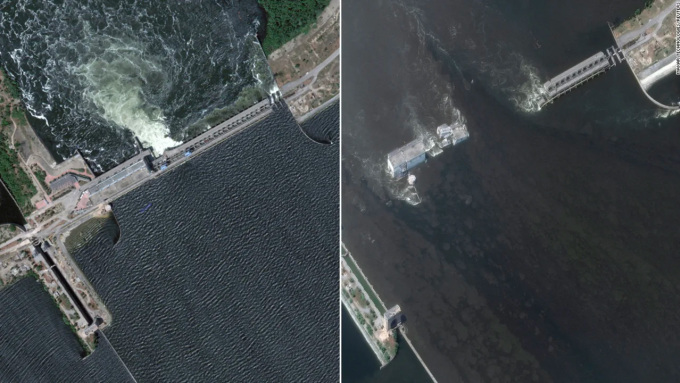
Kakhovka Dam before (left) and after it broke on June 6. Photo: Reuters
The Kakhovka Dam has been in operation for nearly 70 years, leading some experts to say that structural weakness cannot be ruled out as a cause of the dam's collapse.
“Kakhovka is a concrete gravity dam, 35 meters high and 85 meters long. This type of dam is very common around the world. If it is well designed and constructed, and properly maintained, the risk of failure is very low,” said Craig Goff, technical director and group leader for dams and reservoirs at consultancy firm HR Wallingford. “However, it is unclear how the dam has been maintained during more than a year of conflict.”
The area around the dam has been one of the scene of fierce fighting and the dam has suffered damage before. Sections north of the dam and some of its sluice gates were hit by a small explosion last November, as Russia withdrew its troops from the west bank of the Dnieper and Kherson rivers in the face of a Ukrainian offensive.
Ukraine later recaptured the city of Kherson on the west bank of the Dnieper River, but Russia retained control of the river's east bank and the Kakhovka Dam.
Satellite imagery from Maxar showed the road above the dam intact on May 28, but a portion of the road had collapsed in images taken on June 5, the day before the dam failed. It is unclear how the damage to the road above the dam affected the structure of the dam itself.
Data showed that the water level in the Kakhovka Dam reservoir also hit a record high last month, according to Hydroweb. Vladimir Rogov, a Russian-appointed government official in the Zaporizhzhia region, said on May 5 that the water level in the Kakhovka reservoir had risen by 17 meters, 2.5 meters above normal.
However, some experts expressed skepticism about this hypothesis, because the Kakhovka Dam was built very solidly and actual signs show that the dam did not collapse due to natural factors.
"If the water pressure was too high upstream, the dam body would have broken only one section, and then the hole would have gradually widened. But the images at the scene show that the dam body broke in two sections at the same time, showing that this was not an accident due to natural causes," said Chris Binnie, a visiting professor at the University of Exeter and chairman of a UK-based environmental and tidal energy company.
Goff said the design of the Kakhovka Dam was designed to accommodate very high water levels, even severe flooding. The structure also has a spillway that allows water to flow through if the water level gets too high.
Andy Hughes, a UK reservoir engineer, said that for such a huge project, the structure would have to have multiple problems at once to release the 18 billion cubic meter reservoir. "Gravity dams are designed to withstand enormous pressure," he said.
The devastation of the Kakhovka dam collapse. Video: RusVesna
The gradual damage to the dam body after shelling by both sides over the past few months is unlikely to cause the structure to collapse.
“The Kakhovka Dam was built to withstand a nuclear bomb blast,” said Ihor Syrota, director of Ukrhydroenergo, Ukraine’s hydropower company. “To destroy the dam from the outside, you would need at least three 500-kilogram bombs dropped from aircraft, each hitting the same spot.”
Therefore, Syrota said that the artillery shells or missiles that fell sporadically on the dam body were not powerful enough to cause structural failure and cause the structure to collapse.
Peter Mason, a dam and hydroelectric engineer in the UK, also commented that shelling from outside could not have caused such a dam failure.
NOSAR, an independent Norwegian organization that monitors earthquakes and nuclear explosions, recorded a strong seismic signal in the Kakhovka dam area at 2:54 a.m. on June 6, very close to the time the dam broke.
"When I saw the news about the dam failure, I thought we should check the data to see if it was an explosion or just a structural failure. Then we saw data about explosions near the dam or right at the dam," said Anne Lycke, executive director of NOSAR.
It is not yet clear whether NOSAR’s findings were the cause of the dam collapse. However, many experts are leaning towards the theory that the dam was sabotaged from within by explosives.
Experts believe that the Kakhovka Dam began to collapse in the central part, near the hydroelectric power station, before spreading outwards. They say that to completely destroy such a dam would require multiple explosives placed by experts at its weakest structural points.
Gareth Collett, an explosives engineer and former head of the UK's Professional Bomb Disposal Association, said that when an explosion occurs in a confined space inside a dam, its full energy will impact all surrounding structures, causing the greatest destruction.
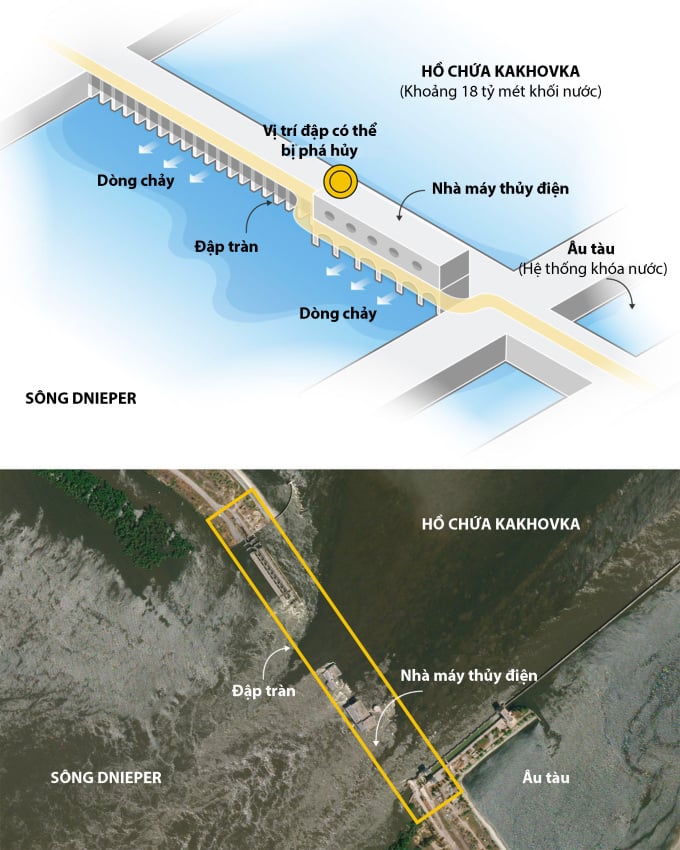
The structure of the Kakhovka Dam before and after the breach. Graphic: WSJ
When explosions occur in the submerged dam body, the destructive power increases, according to experts.
“Underwater explosions can add significant power to the shock wave hitting the structure,” Collett said.
The central part of the dam may have been targeted by controlled explosions to flood the hydroelectric plant and cause its walls to collapse, meaning it was a “deliberate, carefully targeted operation”.
In theory, explosive devices placed in hydroelectric plants could rupture the pipes that carry water through the turbines, causing the plant to flood and its walls to collapse, before the rest of the structure is destroyed.
"The general consensus right now is that it appears that someone has destroyed the dam. However, we can't say for sure yet," Mason said.
Experts say that to find the exact cause of the Kherson dam collapse, an independent investigation is needed to examine all traces. However, in the current circumstances, such an investigation is impossible.
On May 30, a week before the dam collapse, the Russian government passed a law on “ensuring the safety of hydraulic structures” in four newly annexed regions of Ukraine. The law prohibits investigations into incidents with hydroelectric and hydraulic structures that were related to hostilities, sabotage or terrorism before January 1, 2028. The law was signed by Russian Prime Minister Mikhail Mishustin and took effect on the day of its promulgation.
Thanh Tam (According to WSJ, CNN, TASS )
Source link


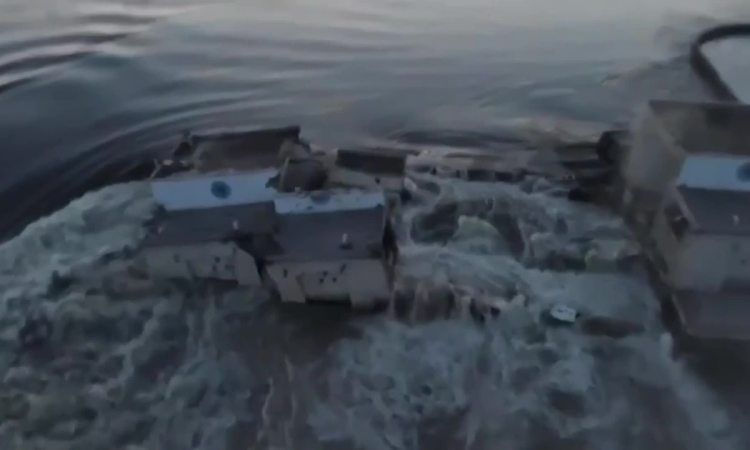

![[Photo] Opening of the 44th session of the National Assembly Standing Committee](https://vstatic.vietnam.vn/vietnam/resource/IMAGE/2025/4/14/03a1687d4f584352a4b7aa6aa0f73792)
![[Photo] Children's smiles - hope after the earthquake disaster in Myanmar](https://vstatic.vietnam.vn/vietnam/resource/IMAGE/2025/4/14/9fc59328310d43839c4d369d08421cf3)
![[Photo] Touching images recreated at the program "Resources for Victory"](https://vstatic.vietnam.vn/vietnam/resource/IMAGE/2025/4/14/99863147ad274f01a9b208519ebc0dd2)

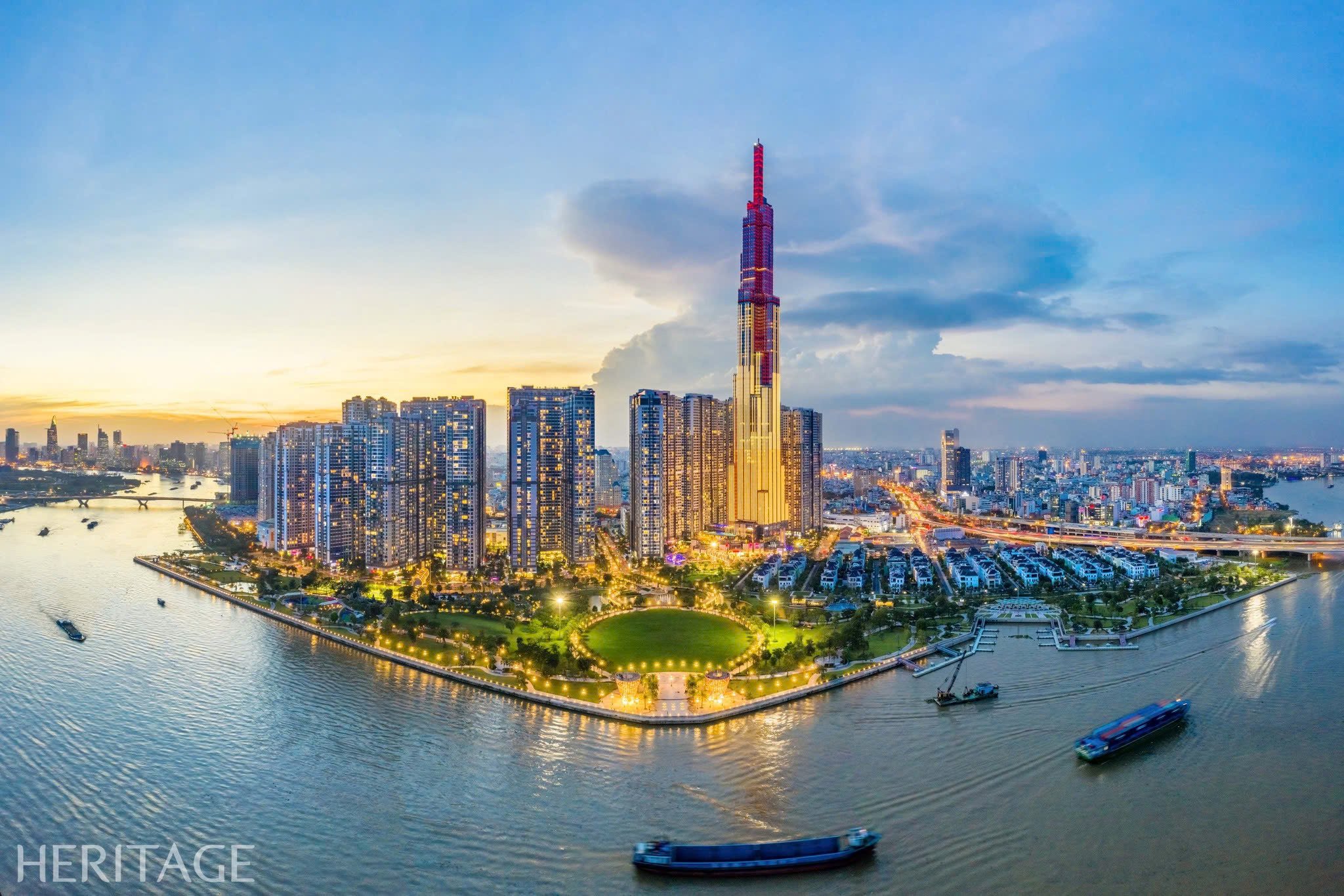


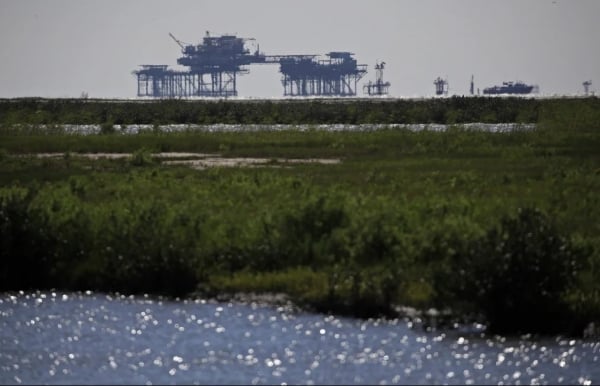


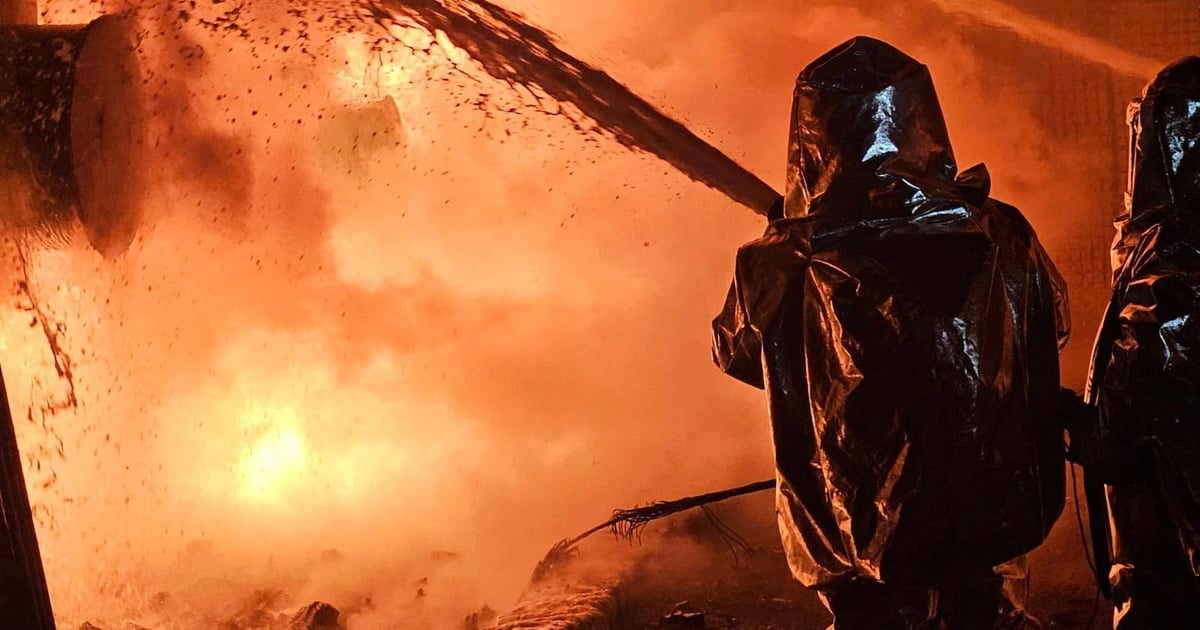


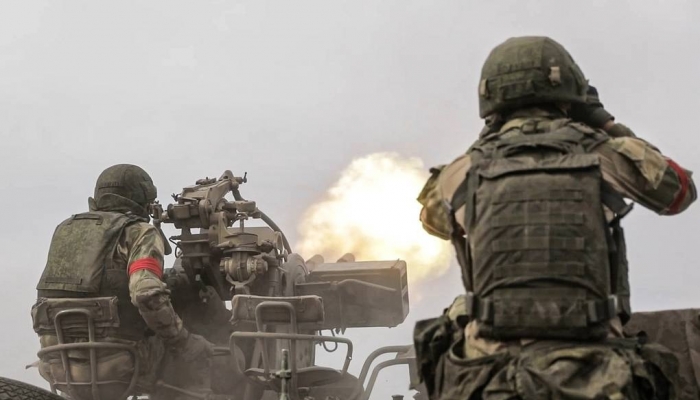
















![[Photo] National Assembly Chairman Tran Thanh Man attends the ceremony to celebrate the 1015th anniversary of King Ly Thai To's coronation](https://vstatic.vietnam.vn/vietnam/resource/IMAGE/2025/4/13/6d642c7b8ab34ccc8c769a9ebc02346b)






















































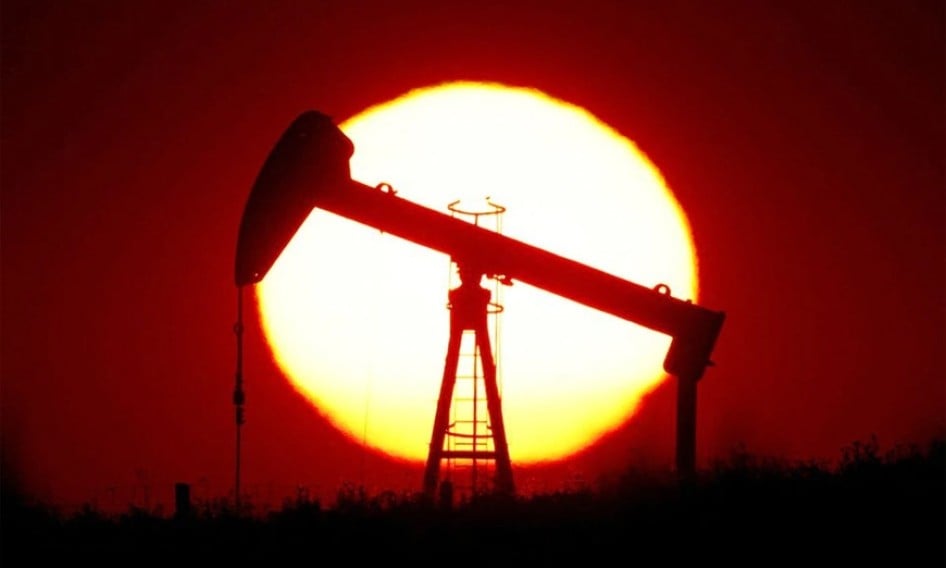










Comment (0)